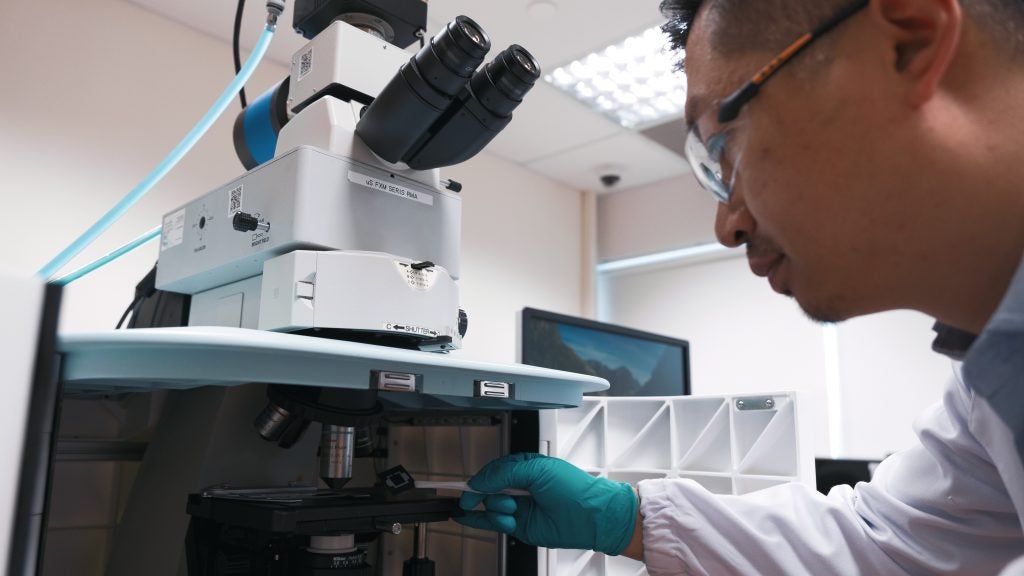
Researchers at the College of Design and Engineering (CDE) have developed a breakthrough technique for producing ultrathin inorganic membranes that are not just energy-efficient, but highly customisable.
The membranes, which are simple to produce and cost-effective, function without needing any additional material or structure to hold them in place, and could be suitable for a wide range of applications beyond filtration and separation, such as energy conversion, catalysis or sensing.
Led by Professor Ho Ghim Wei (Dept of Electrical and Computer Engineering), the researchers' pioneering work promotes efficiency and sustainability in industrial processes, opening up new possibilities for overcoming energy challenges in the face of climate change.
The team’s findings were published in the scientific journal Nature on 29 March 2023.

Conventional membrane technologies used in purification and separation processes are energy-intensive, expensive, and entail a combination of pressure, heat, and sometimes chemicals to function effectively. The membranes must be regenerated, while the filtered components usually require further treatment after separation, creating additional energy demands and costs.
These limitations of traditional membrane technologies served as the impetus for postdoctoral research fellow Dr Zhang Chen, a member of Prof Ho’s research team, to develop a new approach to producing highly efficient inorganic membranes.
Dr Zhang’s method involves taming chaotic, free-floating, inorganic building-blocks in a liquid environment, coaxing them to self-assemble into the desired membrane. This tuneable process provides an effective means to tailor the membrane’s thickness and pore characteristics for specific applications, achieving maximum energy efficiency.
“Our study has also allowed us to take a fresh approach to rethink how inorganic membranes are traditionally developed,” said Dr Zhang.
From a structural perspective, the membranes produced have more geometric diversity than conventional ones, providing more flexibility and options when designing membrane structures.
The study also examined membrane functionality, where highly selective 2D barriers are used to control energy flow across the membrane. This feature could influence how the membrane functions — allowing ions to be filtered based on their charge, different forms of energy such as thermal, electrical, or light to be harnessed, or specific molecules to be selectively concentrated.

Such flexibility is highly desirable in various energy-related applications, including fuel cells and solar energy conversion.
"Our new technique has the potential to transform industries that heavily rely on membranes for their operation, particularly those related to energy or the environment,” said Prof Ho.
“The ability to create freestanding inorganic membranes that are highly selective opens up numerous exciting possibilities for applications in advanced spatial dynamic separation, catalysis, sensors, memories, and ionic conductors, all of which represent unprecedented developments."
The team have presented a synthesis template that other researchers can utilise for their work, which could spur the discovery of more novel membranes with a wider compositional range in a scalable and cost-effective manner.
With an emphasis on efficiency and customisation, the researchers’ innovation plays a key role in NUS’ sustainability initiatives, greatly reducing the energy consumption of membrane-related processes worldwide and cutting the carbon footprint of various industries as a result.
Driven by the potential of the breakthrough, Prof Ho plans to lead an interdisciplinary team of scientists in a multi-faceted research programme to advance membrane technology to the next level.
The team is also looking to develop automated manufacturing tools to streamline the production process of inorganic membranes, ultimately making their technology more accessible on a larger scale.





